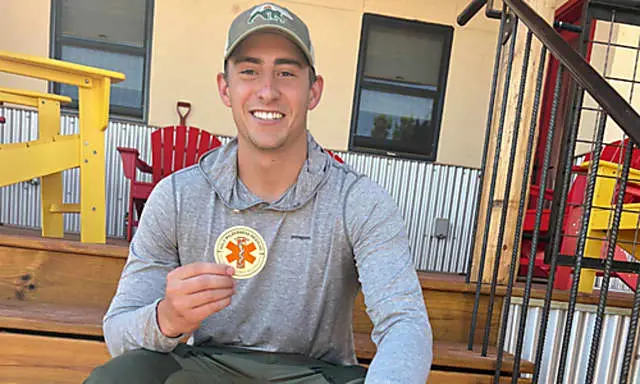[ad_1]
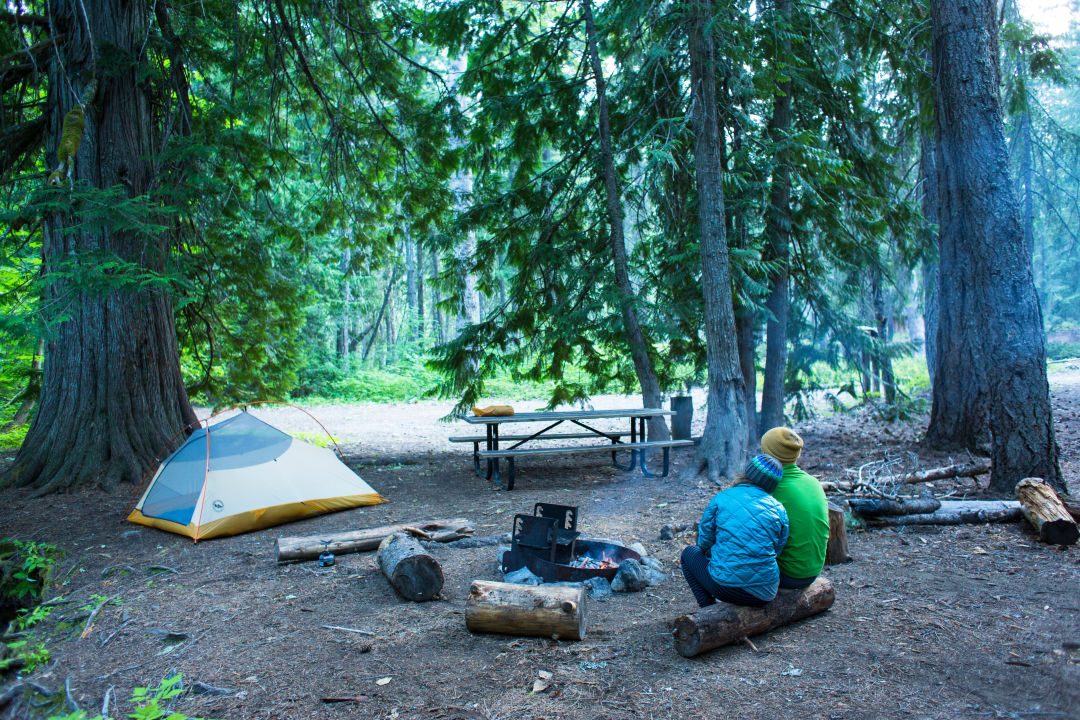
Camping is basically the Washington state sport. But for an activity all about simplicity and returning to nature, camping can feel daunting to newcomers. Here’s our guide for a very first night outdoors as a car camper—we promise you’re gonna love it.
Select the season
Summer is peak camping season in the Pacific Northwest—but it isn’t the only time we head outside. Trips can take place year-round thanks to our various climate options. Fall is ideal east of the Cascades, when high temperatures mellow. Spring means storm watching from a beach campsite or enjoying the damp rainforests during peak rain. And yes, we camp on snow in winter. Consider these three factors when deciding when to camp:
Access. Even lower mountain roads can be snow-covered well into early summer, and the ones that have melted out may be littered with fallen trees until forest service or volunteer cleanup crews come through. Washington State Department of Transportation and the Forest Service are great resources.
Hazards. Heat and wildfires can cramp a late summer campout in the driest parts of the state, while early summer bugs torture those who set up near otherwise welcoming lakes and ponds. A call to the closest ranger station (like the ones in North Bend or Olympic National Park) can save headaches, while the state’s wildfires are tracked online.
Availability. Campgrounds fill up on weekends and during common school breaks. Switching to midweek or early fall can free up thousands of sites around the state.
Claim the campsite
Yes, booking ahead—or at least planning ahead with a few backup options—is recommended even when it comes to claiming a patch of dirt. Private campgrounds, like a KOA, might have showers, movie rentals, and playgrounds; rustic options may only offer a pit toilet, if that. In between are state and national park campgrounds, plus plenty of other public lands. Check our list of 30 favorites (plus 10 more for RVs).
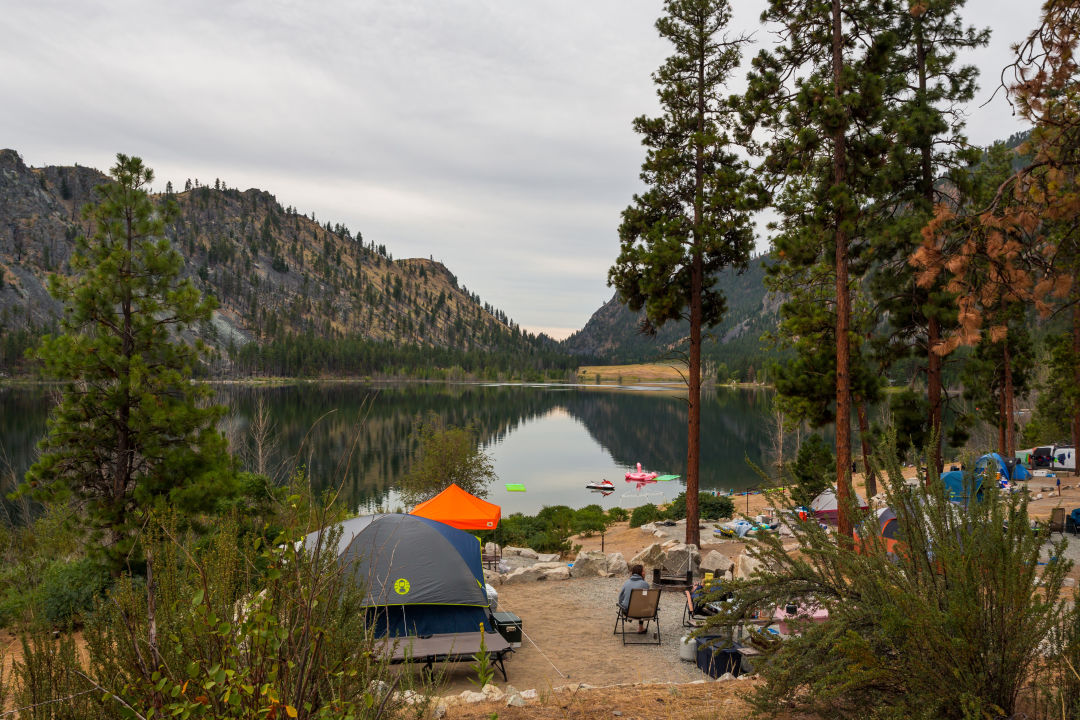
Feeling watery? Consider the Pacific coast, but also the Puget Sound islands or the state’s many lowland lakes. The Cascade Mountains offer thousands of access points, from Mount Rainier National Park to the rugged North Cascades. East of the mountains, find stunning geology in dry coulees and prairies.
Reservation systems have largely moved to the site Recreation.gov for national parks and state parks. On busy summer weekends, try dispersed camping—that’s setting up somewhere that isn’t an established campground. You’ll be on your own for water, bathrooms, and safety, but neighbors can be scarce. Head to Bureau of Land Management or U.S. Forest Service land; the practice is largely prohibited in state and national parks.
Gather the gear
There’s a reason gear retailer REI was born in Seattle; we’re natural gear geeks and we have outdoor stores aplenty. But there are many local ways to secure the necessities for camping, from rentals to secondhand stores. Concentrate on the basics: a tent or van, a sleeping bag, a sleeping pad, and a stove.
For all the Patagonia on the streets of Seattle, specialized outdoor wear isn’t really required for a first camping trip. Just bring more layers than you’d think (it gets cold in our mountains and on our bodies of water, even in summer) and always throw in a raincoat.
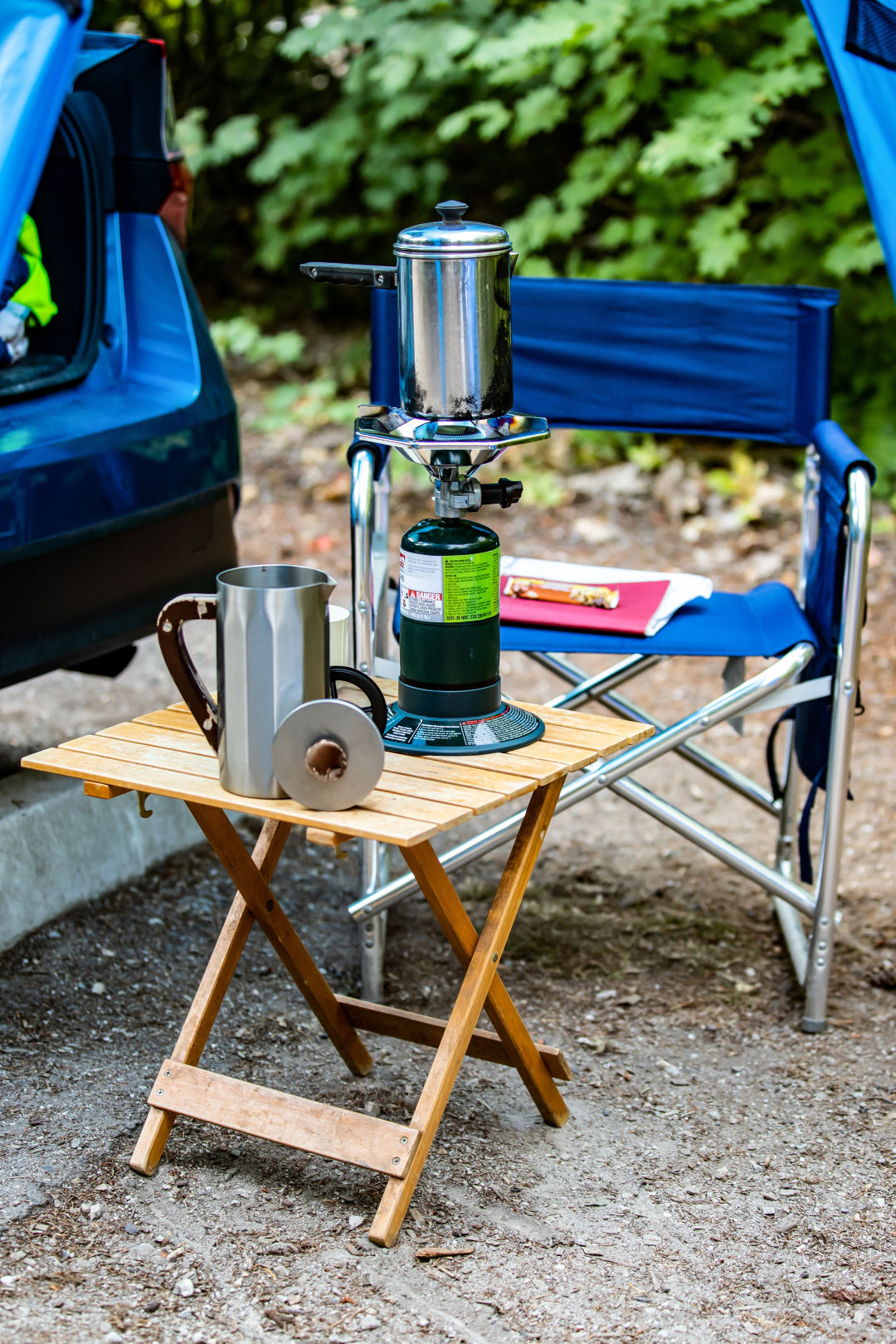
Find the friends
Some prefer solitude in the outdoors, but others would prefer someone to share a mountain sunset with. Seattle clubs and organizations connect outdoor users together and often hold courses to teach important skills. The Mountaineers formed more than 115 years ago and is still going strong, the Seattle chapter is based in Magnuson Park. Equipment library Gearhouse runs a Slack channel for paid subscribers, and Meetup.com hosts a number of Washington-specific camping groups.
Plan the pastimes
You made it. You found a campsite and set up the tent. Now what? First off, doing nothing is a perfectly acceptable activity while outside—pull up a log and stare at the trees. But for the antsy among us, consider a midday hike. Washington Trails Association has an incredible database of hikes, sortable by elevation gain and distance. Peruse the list of our favorites, including accessible hikes. Or hit the water at one of the more than 40 boat launches in Washington State Parks.
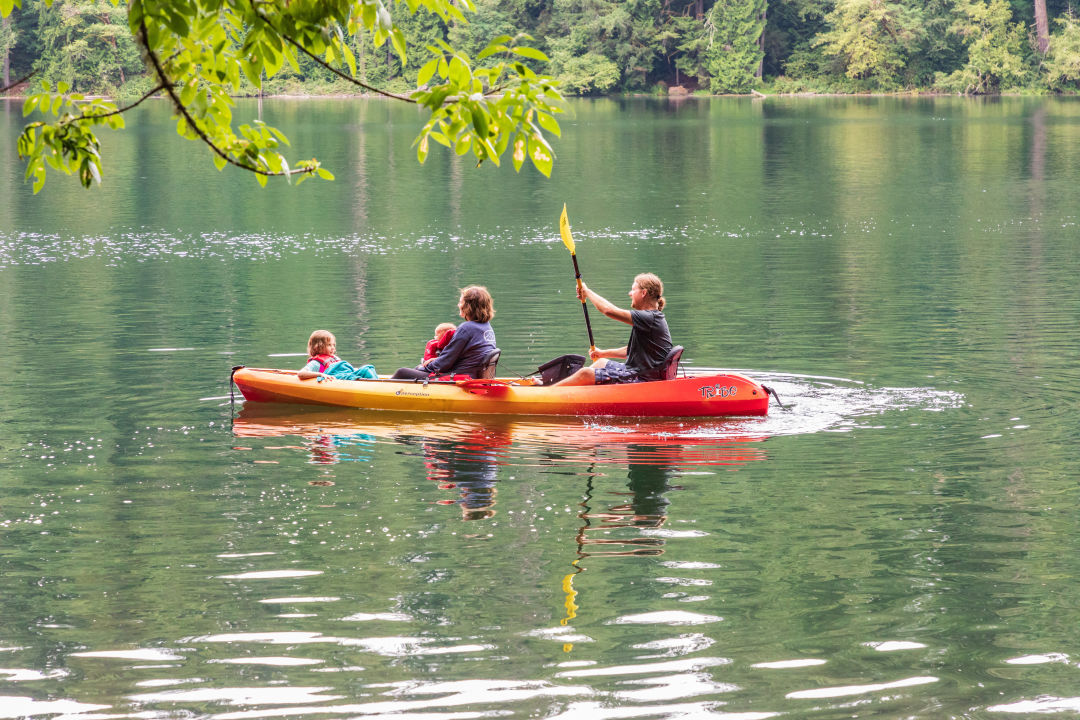
Remember that simple food is best; try a locally made granola bar or bring a picnic kit from a Seattle restaurant. But that doesn’t mean you shouldn’t stop at a restaurant. Camping is vacation, after all. And of course, there’s the classic campfire. Check fire restrictions (on Department of Natural Resources, state park, and forest service pages) before starting the s’mores—which totally count as dinner.
[ad_2]
Source link

